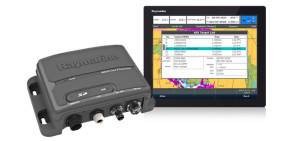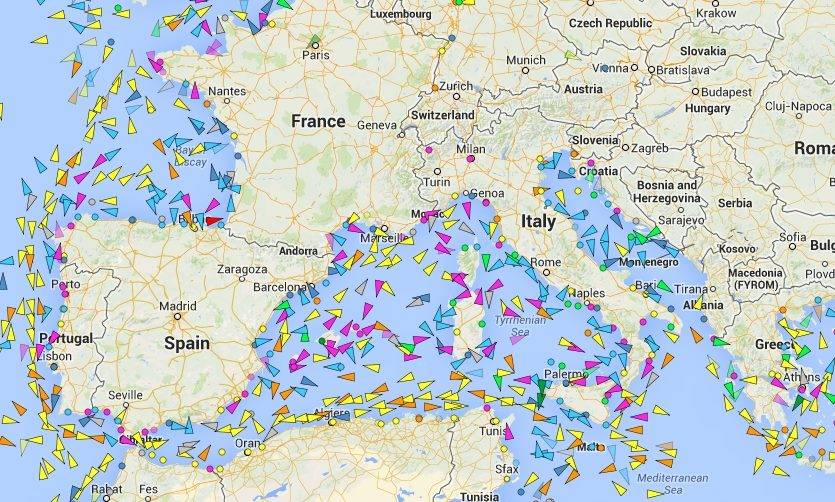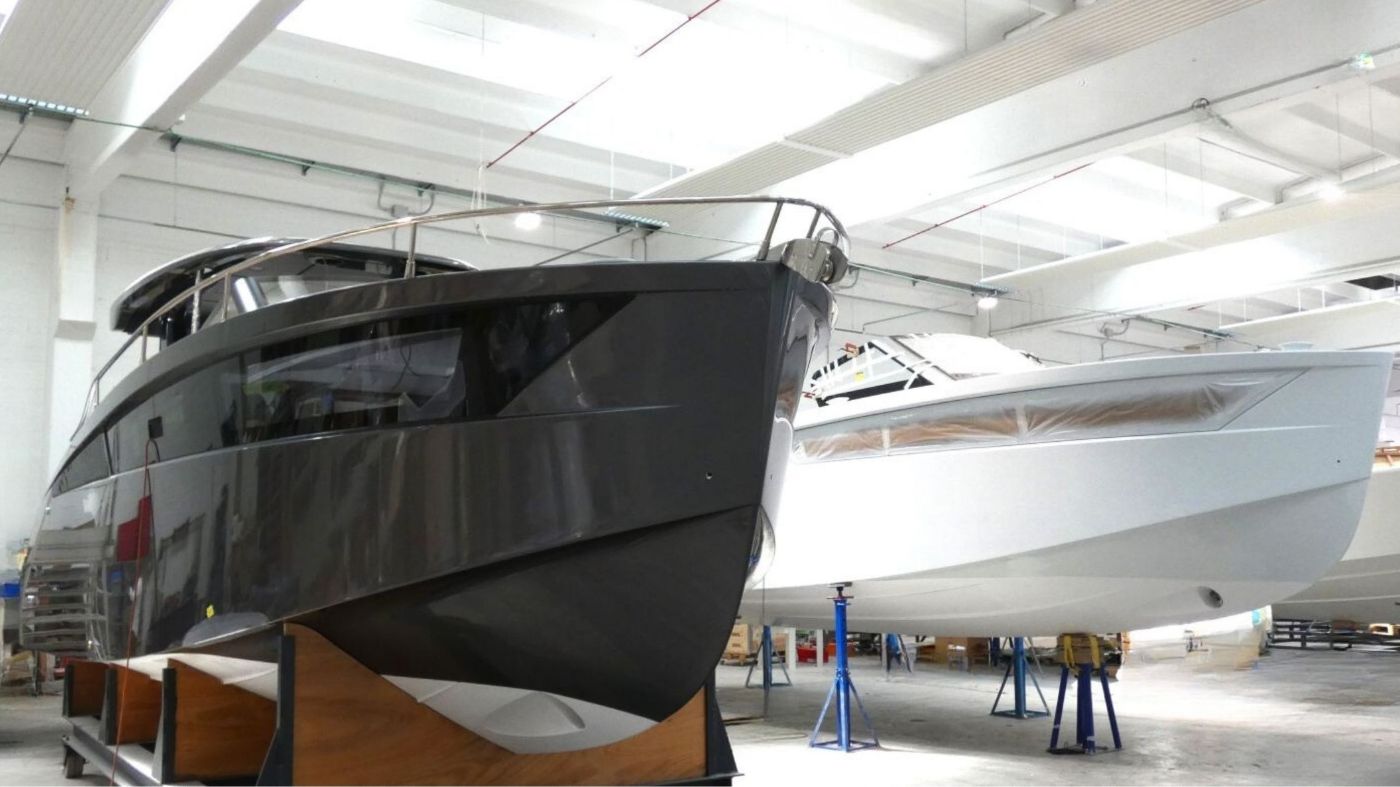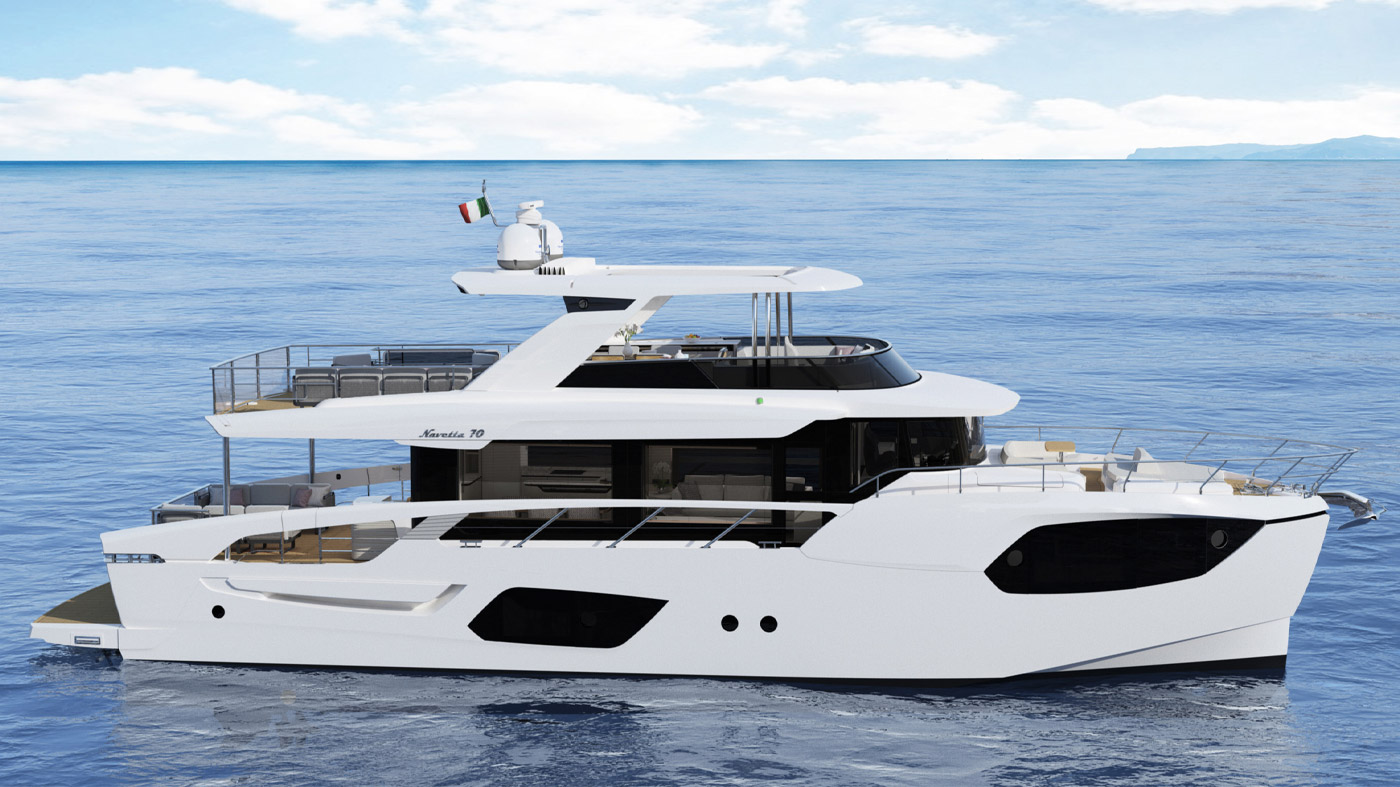Credo che in pochi tra quelli che navigano non abbiano benedetto il giorno in cui l’AIS (Automatic Identification System, sistema di identificazione automatico) è diventato obbligatorio a bordo dei pescherecci e delle navi commerciali. Per il diporto l’AIS trasmittente non è obbligatorio, ma è sempre più diffuso quello ricevente: il piccolo dispositivo elettronico invia e riceve dati tramite frequenze VHF e, collegato a un computer o a un cartografico, permette di decodificare le informazioni relative alle imbarcazioni che trasmettono il segnale.
Basta posizionare il mouse o il puntatore del plotter sull’immagine delle imbarcazioni che si vedono sullo schermo, diciamo ad una distanza di 20/30 miglia, per sapere tutto quello che serve: posizione, velocità, stato (all’ancora, impegnato nella pesca, in marcia a motore, etc), rotta, destinazione, call sign e nome dell’imbarcazione. Nell’immagine a lato il modello AIS 650 di Raymarine di Classe B, sia trasmettitore che ricevente.
È evidente l’utilità di un tale strumento per evitare le collisioni, per assistere la navigazione in solitario e/o in notturna, per le operazioni di salvataggio. Dal 2002, anno in cui le navi commerciali vennero obbligate per la prima volta a installare una trasmettente AIS, il numero di dispositivi è cresciuto esponenzialmente, e così le informazioni sul traffico marino a disposizione di chiunque, imbarcato o no.
Già, nessuno ci pensava quando l’AIS è stato lanciato, ma tutte le informazioni che si possono vedere dal cartografico di bordo si possono consultare anche dallo schermo di un computer o di un telefonino, e con il tempo gli usi più svariati ne sono venuti fuori. I gestori di queste informazioni sono delle aziende, le più note sono Vessel Finder e Marine Traffic, che lasciano la maggior parte delle informazioni disponibili a tutti, senza costi ne’ registrazioni, mentre mettono a pagamento alcuni servizi più sofisticati.
Sono gratuite ad esempio le applicazioni per i dispositivi mobili, così se siete in crociera e vedete ancorata una barca fighissima e volete curiosare un po’, basta attivare la ricerca degli AIS intorno a voi per sapere tutto quello che è possibile sapere sul mega yacht di turno. Sono gratuiti i dati globali, per chi è alla ricerca di curiosità o dati interessanti: per esempio, cosa ci fa una barca con l’AIS acceso a Parigi, o sul confine tra Germania e Austria? Probabilmente i nuovi armatori stanno monitorando il trasporto…












